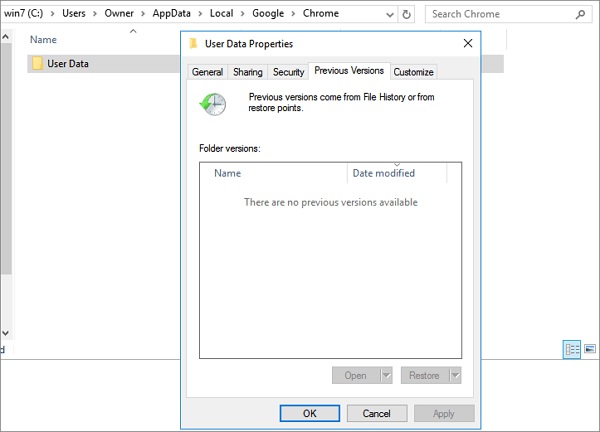

and type Path into the Variable name textbox. Or, if no Path variable is found, click New. Locate the Path variable in either the User variables or System variables section, according to your needs and click Edit.

Start (orb) -> right-click Computer -> Properties -> Advanced system settings -> Advanced-tab -> Environment Variables Select the Path value and copy it to the Clipboard. Using Notepad or your favorite text editor, open the file: Restore the System Restore Point from Step 1. Insure that the Path variable has your desired value:Ĭ:\>echo %Path% C:\Windows\System32\ C:\Windows\ C:\Windows\System32\WbemĮcho "Path=%Path%">"%userprofile%\Desktop\setpath.cmd" (Temporarily) roll back to a previous System Restore Point that was saved before the Path variable was deleted.Insure that you have saved a current System Restore Point.Here is an easy way to recover the previous Path, without having to deal with permanently rolling back to a previous System Restore Point, and without having to use the Registry Editor (Regedit). Whatever is displayed for you is your user folder: "C:\Users\yourusername" You can find your user folder by opening a Command Prompt window and typing: C:\>echo "%userprofile%" Your user folder is the folder that contains your "personal" folders and files, like "Desktop" and "MyDocuments".


 0 kommentar(er)
0 kommentar(er)
